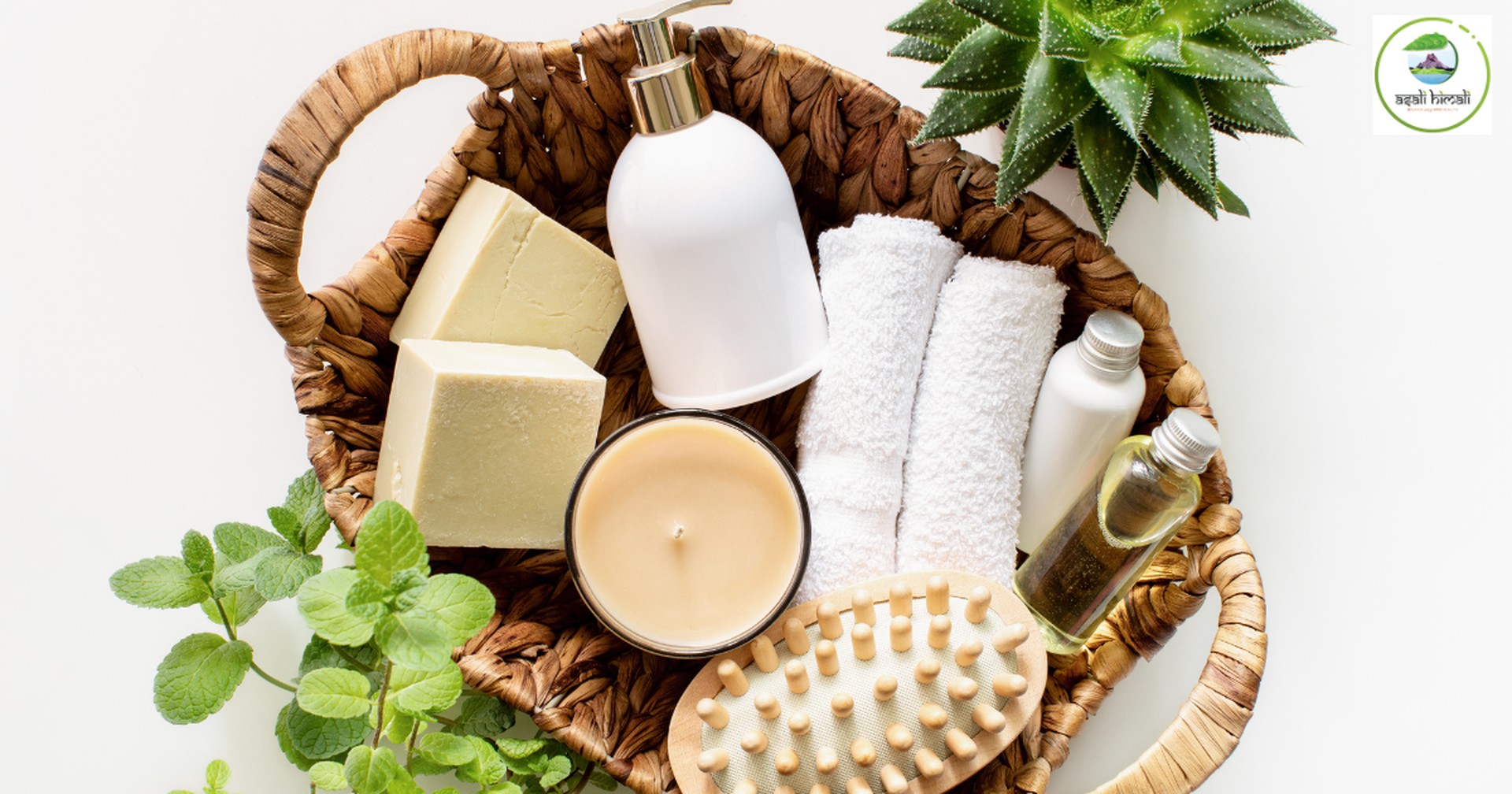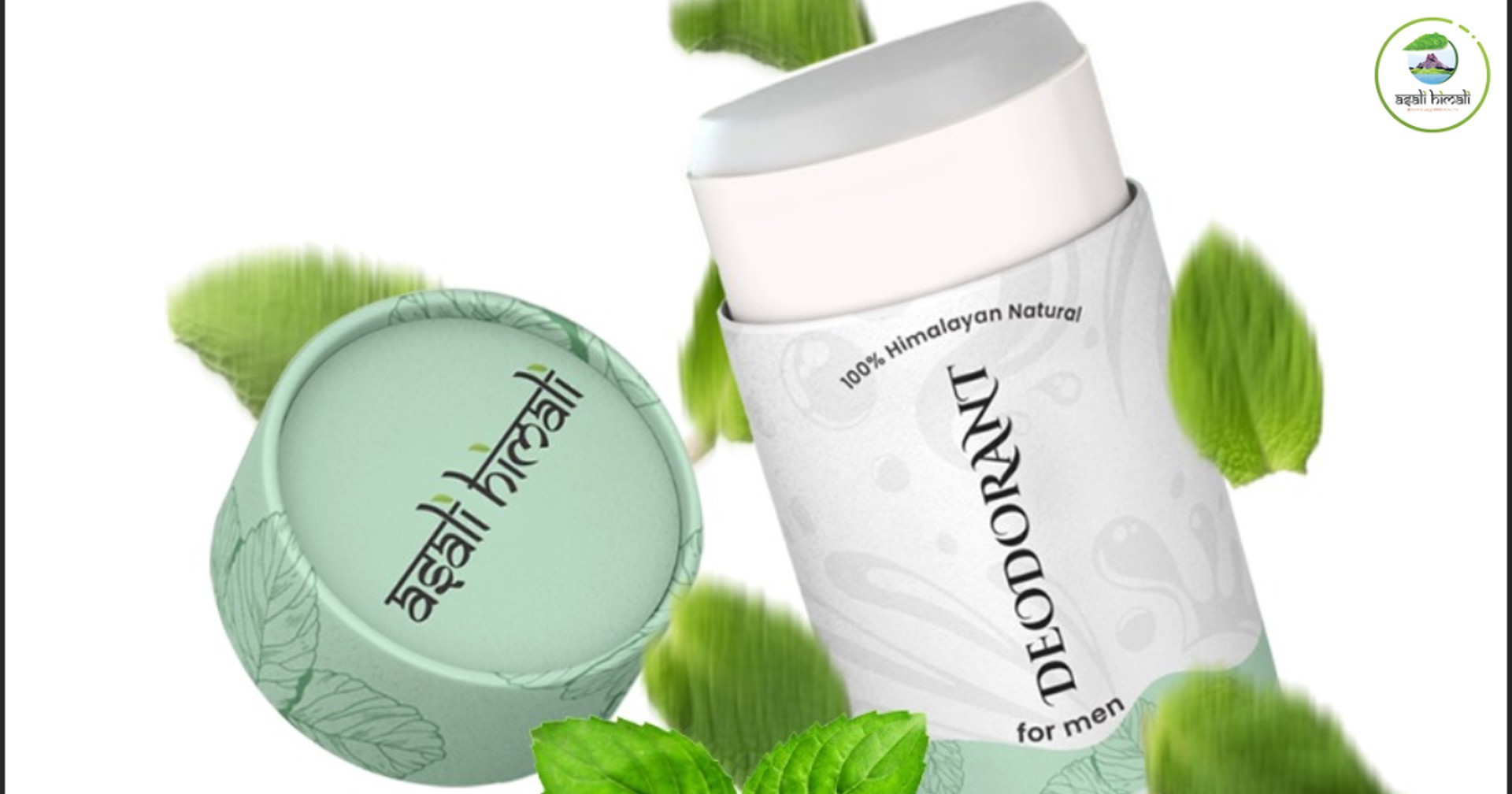Skincare is not a one-size-fits-all matter. What works for one might not work the same for another. Unfortunately, we mindlessly follow the popular vote and forget what's right for us. Finding the most compatible product according to your skin type is essential. So please don't shy away from testing skincare products before you directly include them in your skincare routine; you're sure to discover the one with perfect ingredients that best compliments your skin.
What is my skin type? – Ask this to yourself first.
Before thinking about making a switch, research your skin type first. You don't need advanced technology or a degree to determine your skin type. There are generally four skin types: dry, oily, normal, and combination.
The dry skin type feels tight and is likely to have more fine lines and flakiness. Oily skin is greasy, appears shiny, and is expected to have more pimples and acne. The oil is secreted from facial sebum. If you have open and enlarged pores, you will likely have oily skin. Finally, combination skin is dry on the cheeks and oily on the nose, chin, and forehead (T-zone). Normal skin is the ideal skin type out of all of these. No significant skin issues arise in Normal skin type, which is adequately moisturized. On the other hand, sensitive skin reacts negatively to products quickly, causing redness, irritation, and breakouts.
To know your skin type, here is what you can do. First, wash your face and pat dry. Leave it for thirty minutes, and if you notice your T-zone greasy while your cheekbones are normal, your skin type is combination. If your face feels tight and flaky, your skin type is dry. If your skin feels greasy all over, use a piece of blotting paper. If the oil is transferred to the paper from your skin, your skin type is oily. If none of the above signs are shown by your skin after a face wash, your skin type is normal. These are not the only types of skin. You can also have oily/sensitive skin and dull/dry skin beyond the four categories.
Check the ingredients list.
Now that you know your skin type, look for the product's ingredients that fit your skin type. Then, choose a product that will solve your skin problems without causing adverse reactions. Protect your skin from dryness with herbal products rich in antioxidants, natural glycerine, and essential oils, which nourish your skin to restore moisture and glow.
Look for ingredients with oils such as Coconut Oil, Olive Oil, Sunflower Oil, Juniper Essential Oil, Spikenard Essential Oil, Rhododendron Essential Oil, and Juniper Leaf Powder if you have oily skin. To help fight acne, choose products rich in Vitamin C, which can mollify and soothe irritated skin. If you're looking to treat skin scars, look for ingredients like Coconut Oil, Olive Oil. Products with ingredients such as Shilajit, Patchouli essential Oil, and Henna Powder are suitable for anti-aging. Use fragrance-free products for sensitive skin.
Take a look at the active ingredients while reading through the ingredient list. Remember, the products that stay on longer such as moisturizers and serums, cause reactions compared to products that can be washed off like face wash and scrubs.
Do test the product via a patch test
After picking a new product:
- Remember to do a patch test to verify the new product before incorporating it into your skincare routine.
- Start with a small amount, apply to areas such as the inner elbow, and wait for at least twenty-four hours to check for a reaction.
- If your skin is not irritated or itchy, do a patch test again in a more prominent area, such as in the skin behind your ear, and again wait for twenty-four hours. If the product soothes your skin, then it clears the patch test.
If you develop adverse reactions like redness, puffiness, and extreme irritation or burn, wash the area, apply cold milk or yogurt, and wait for fifty minutes. Consult a doctor for a severe case.
Apply products in a correct manner
It is essential to know the proper manner when applying skincare products. In what order you use your skincare products matters almost as much as what you're putting on your face. If applied in the wrong order, products can work ineffectively. So first, curb your enthusiasm to use products in the right order; more amount does not necessarily mean more good to your skin or area. Take a generous amount while applying products to your skincare.
There's a rule of thumb to applying products; start with products with the thinnest density to the thickest. This rule ensures that every product is successfully absorbed. Always begin with rinse-off products to clear dirt, sebum, makeup, oil, etc. Start with the least viscous or thinnest formulas and continue with thicker viscous formulas. You should always apply oil at last as oils are occlusive in nature. Ingredients that are occlusive are essential for dry skin types because they help seal in moisture.








